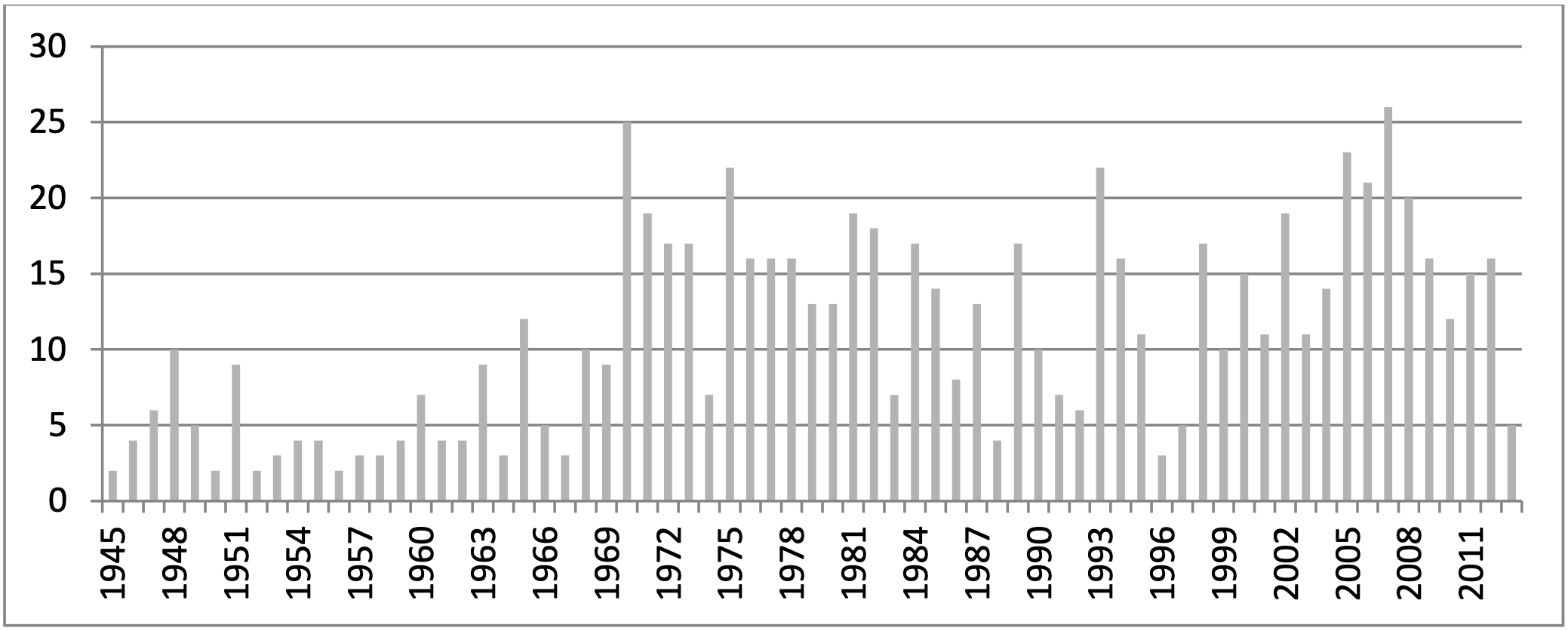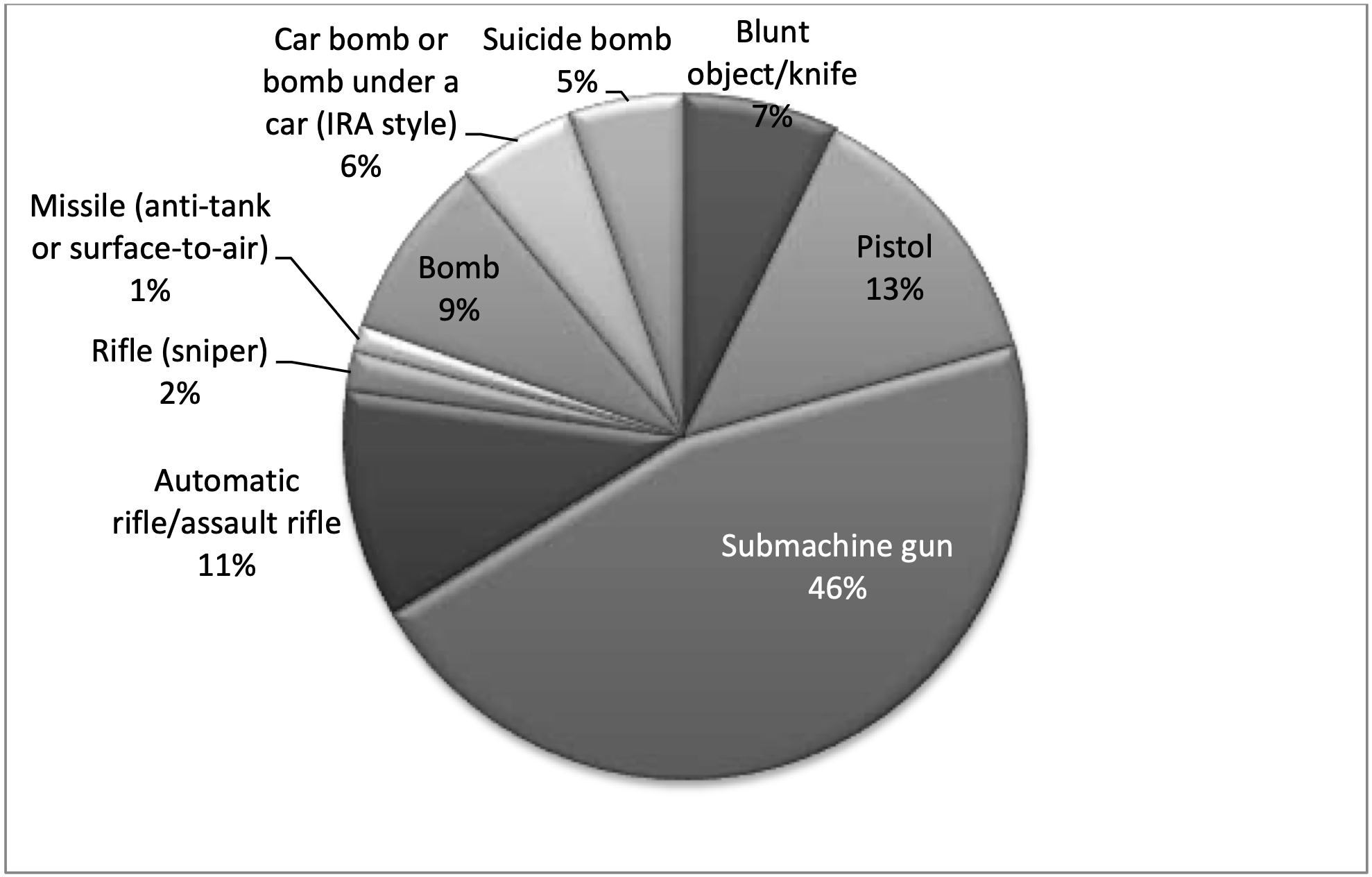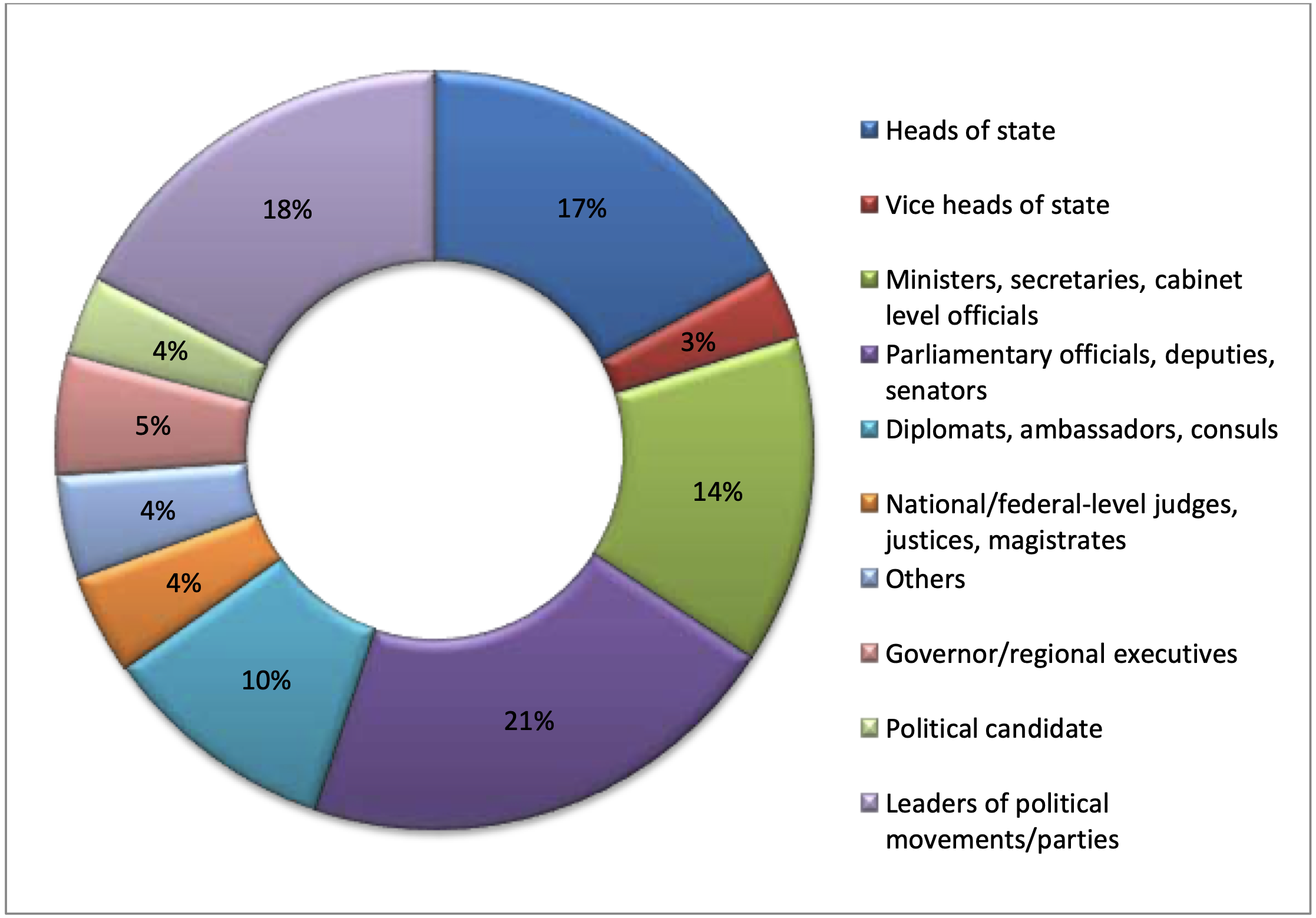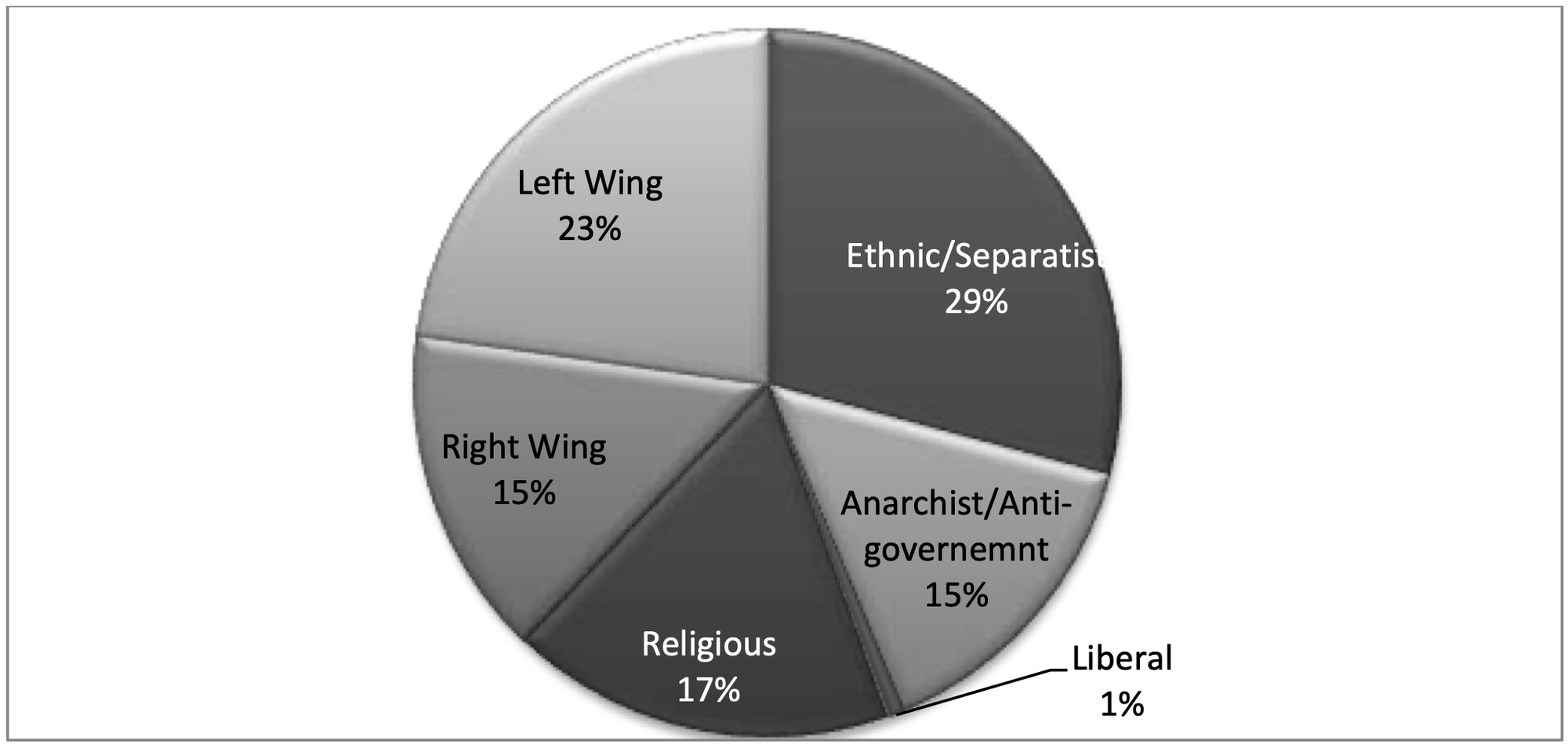Political Assassinations
From Julius Caesar to Donald Trump: brief overview of political assassinations

This weekend (July 13, 2024), there was an assassination attempt on the US Presidential candidate Donald Trump. This event provides an opportunity to discuss whether political assassinations make any sense at all and, if they do, what they might lead to.
Perhaps the most well-known political assassination is the death of Julius Caesar in 44 BC. Accused by the Senate of usurping power, he was stabbed by his political opponents. To their surprise, the masses sided with Caesar's heirs, forcing Brutus and Cassius, the leaders of the conspiracy, to flee Rome. They soon perished, and Dante, in "The Divine Comedy," placed them alongside Judas in the very center of the 9th circle of Hell. Caesar's adopted son, Octavian, defeated his opponents and former allies, became emperor, and ended the Roman Republic.
The 20th century, closer to our times, is rife with attempts on the lives of state leaders or prominent politicians. The assassination of Archduke Ferdinand of Austria-Hungary sparked World War I, the failed assassination of Lenin in 1918 initiated the Red Terror, and numerous attempts on Hitler's life only led to increased internal repression. In Latin America, repeated CIA attempts to eliminate Fidel Castro were unsuccessful and seemingly had no impact on his internal policies, while the death of Chilean President Allende paved the way for Pinochet's military dictatorship. The assassination of Israeli Prime Minister Yitzhak Rabin in 1995 did not lead to immediate political changes (though over time the Middle East peace process stalled, effectively nullifying Rabin's achievements), whereas the assassination of the Presidents of Burundi and Rwanda in 1994 triggered the Rwandan genocide and subsequently the Great African War, the deadliest conflict since World War II.
Almost any political assassination or attempt at one provides ample material for conspiracy theorists. The theories surrounding the assassination of John F. Kennedy are perhaps the most popular such theories in the US. However, we will attempt to approach the issue of political assassinations rationally, using the report "The Rationale of Political Assassinations" by Arie Perliger.
A significant portion of the report is a statistical analysis of political assassinations between 1945 and 2013, including attempts on heads of state, their deputies, members of parliament, and leaders of opposition groups and other significant figures. Interestingly, the number of assassinations increased markedly in the early 1970s and has remained at a fairly stable level for the past 50 years.

More than two-thirds of the attempts were carried out using firearms of all kinds, from pistols to assault rifles.

The next chart breaks down all assassinations by victims. Party and movement leaders, deputies and senators, and heads of state are the most common targets. Considering that the latter category includes far fewer individuals than the first two, it becomes clear that in "per capita" terms, most attacks occur on heads of state. It is noteworthy that candidates for any political office, including the highest, are much less frequently targeted.

It is also interesting to analyze who commits these assassinations. At least 50% were identified as belonging to known terrorist groups. Only 9% were lone actors, while the rest had ties to military, governmental, or opposition structures, as well as organized crime. Ninety-seven percent of all assassinations were carried out by men, and at least a quarter of them had some form of military training. Regarding the ideological background of the assassinations, it can be concluded that adherents of any part of the political spectrum, under certain conditions, resort to assassination tactics.

The most interesting question, of course, is whether political assassinations lead to any short- or long-term societal consequences. Perliger found that successful attempts are followed by a decrease in societal democracy, with the main effect being delayed and observed 4-5 years later. Iqbal and Zorn, in their article "The Political Consequences of Assassination," delve deeper into the issue, albeit at the cost of limiting their sample to only heads of state between 1952 and 1997.
They found the following patterns:
- Countries where the transition of power is regulated in some way (regular elections, monarchical succession, etc.) experience an increased level of political unrest (strikes, riots, and demonstrations) in the year following an assassination, but their political stability (absence of revolutions, crises, coups, and guerrilla warfare) increases.
- Countries where the transition of power is poorly or not at all regulated, on the other hand, experience political instability in the following year.
These results should be treated with caution, as the sample included only about 80 assassinations.
In conclusion, it should be noted that the literature on political assassinations is quite sparse and often focuses on individual events rather than general trends. Failed attempts, like the one that prompted the writing of this post, attract very limited attention.
Sources:
1. Perliger, A. (2015). _The Rationale of political assassinations_ (pp. 1-93). Combating Terrorism Center at West Point.
2. Iqbal, Z., & Zorn, C. (2008). The political consequences of assassination. _Journal of Conflict Resolution_, _52_(3), 385-400.



Comments ()